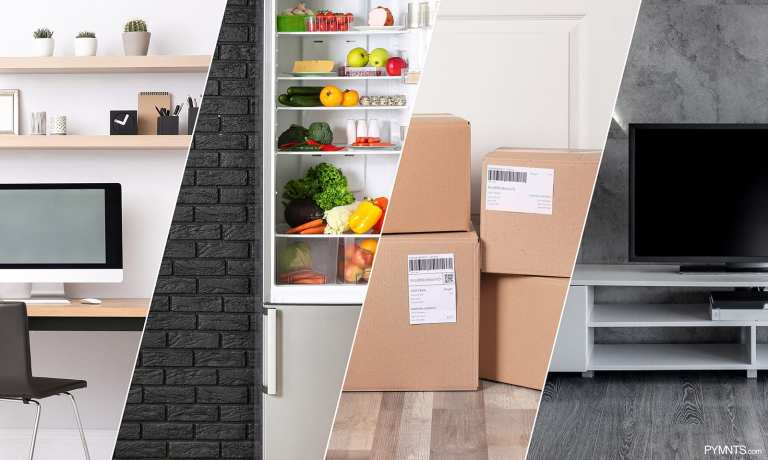NEW DATA: How We Will Pay 2020: With Connected Devices, At Home And During The Week

 The world has changed a great deal since 2020 began. Thirty-seven percent more consumers in the United States are working their full-time jobs from home than in 2019, whereas 27 percent more are performing gig jobs remotely.
The world has changed a great deal since 2020 began. Thirty-seven percent more consumers in the United States are working their full-time jobs from home than in 2019, whereas 27 percent more are performing gig jobs remotely.
These newly housebound consumers are turning to a host of connected devices to perform their day-to-day activities, ranging from smartphones and laptops to voice assistants and everything in between. Forty-two million (30 percent) U.S. consumers are now grocery shopping using a variety of connected devices, while 46 million (38 percent) are shopping for retail products — without ever leaving the confines of their homes. In essence, connected devices are helping turn consumers’ homes into smart, commerce command centers.
In the How We Will Pay 2020: Home As The Consumer’s Commerce Command Center study, a PYMNTS and Visa collaboration, we surveyed a census-balanced panel of 9,857 U.S. consumers to determine how consumers are using their connected devices to engage in digital-first shopping experiences.
Our research reveals that as consumers are spending more time at home than ever before, they have time-shifted their day-to-day errands. Some 130 million (60 percent) of U.S. consumers are now doing their routine grocery shopping during the week as well as 153 million (51 percent) doing their retail shopping. This is less than the 69.9 percent of consumers who shopped for groceries and 61 percent who shopped for retail items during weekdays in 2019. This means that consumers are 14 percent more likely to shop for groceries and 11 percent more likely to shop for retail products during weekdays than they are to shop for them on the weekend.
Consumers’ interest in engaging in digital-first experiences extends beyond their home as well. Our research shows that consumers want to be able to use touchless, digital payments when they shop in stores. Case in point: 148 million now say they want to use contactless or otherwise touchless payments at the point of sale, and the average consumer now uses ATM machines less than four times per year.
Shifts like these not only inform us how consumers’ lives have evolved in 2020, but they also tell us a great deal about the types of connected shopping experiences consumers with which consumers will want to engage going forward. How We Will Pay 2020: Home As The Consumer’s Commerce Command Center explores these changes, and more, in depth.
To learn more about how connected devices have helped consumers transform their homes into commerce command centers, download the study.